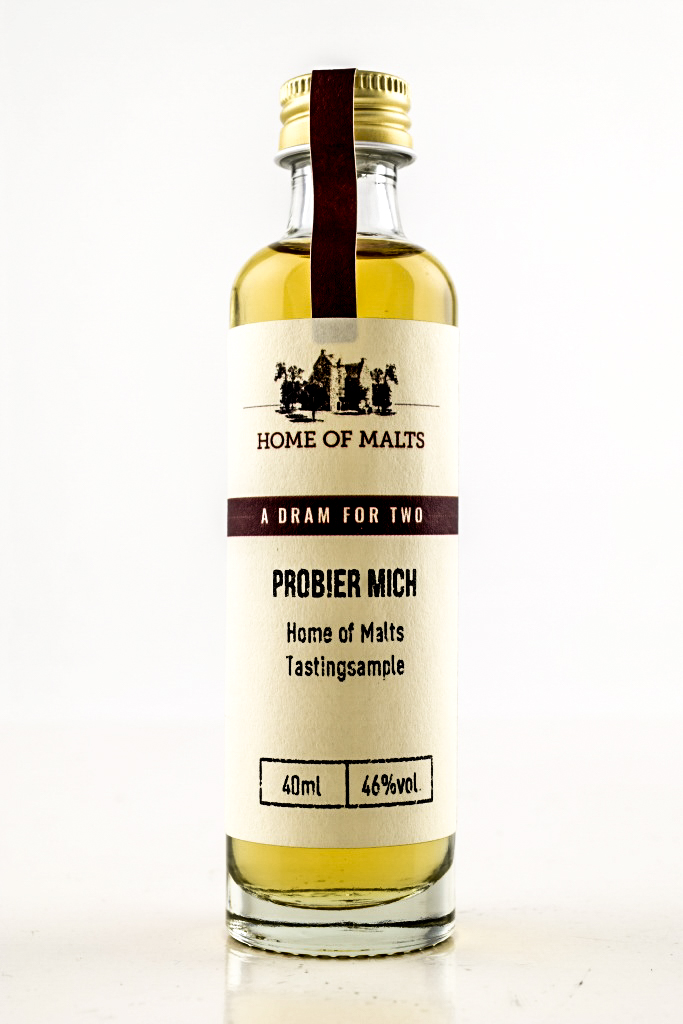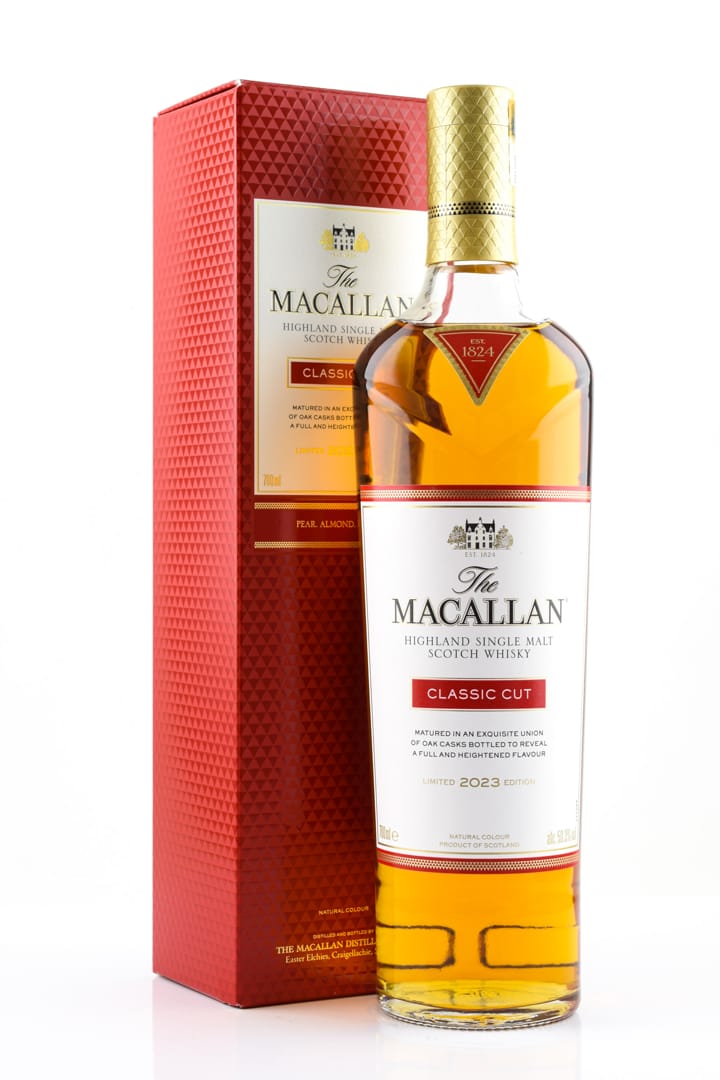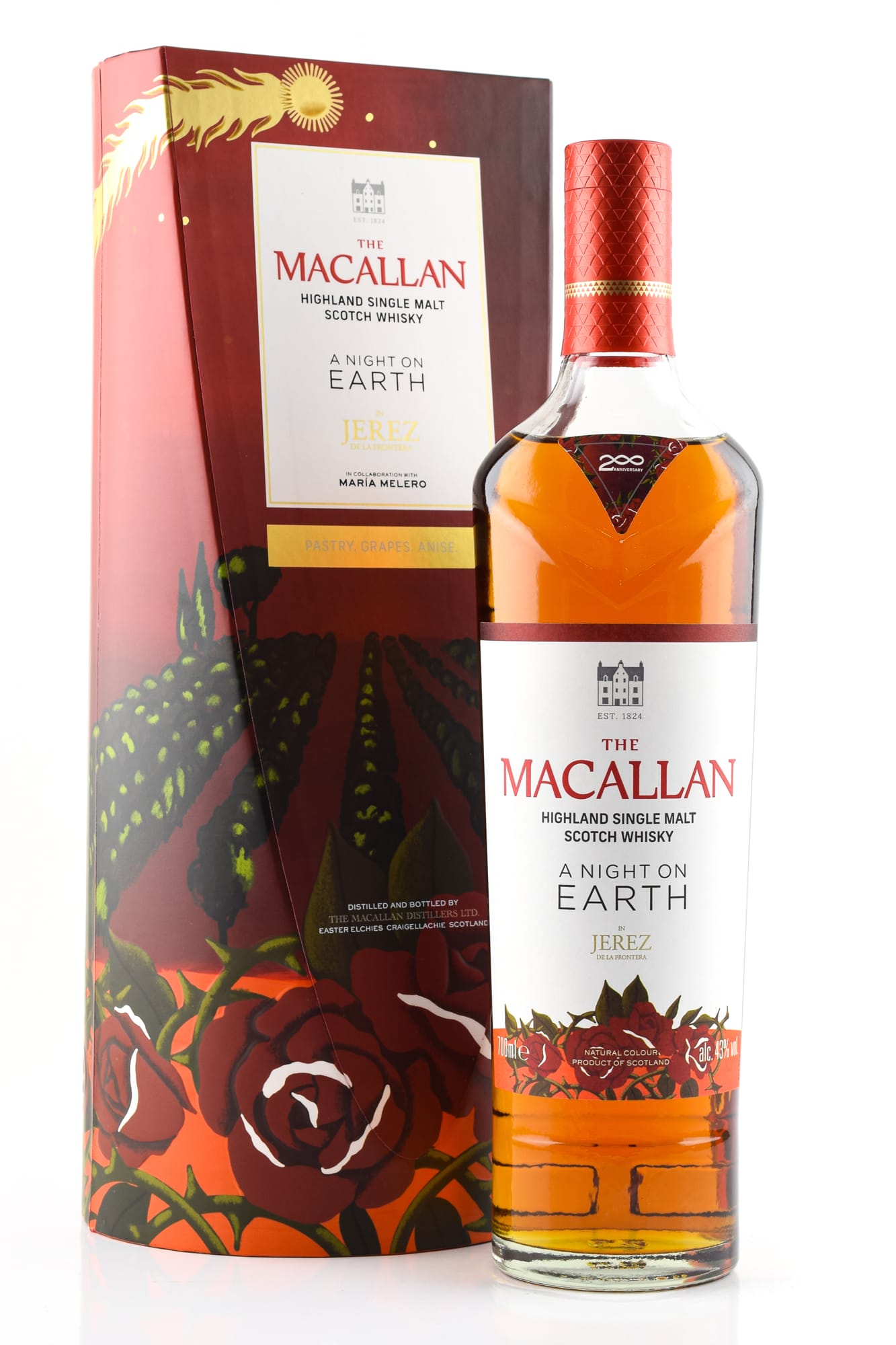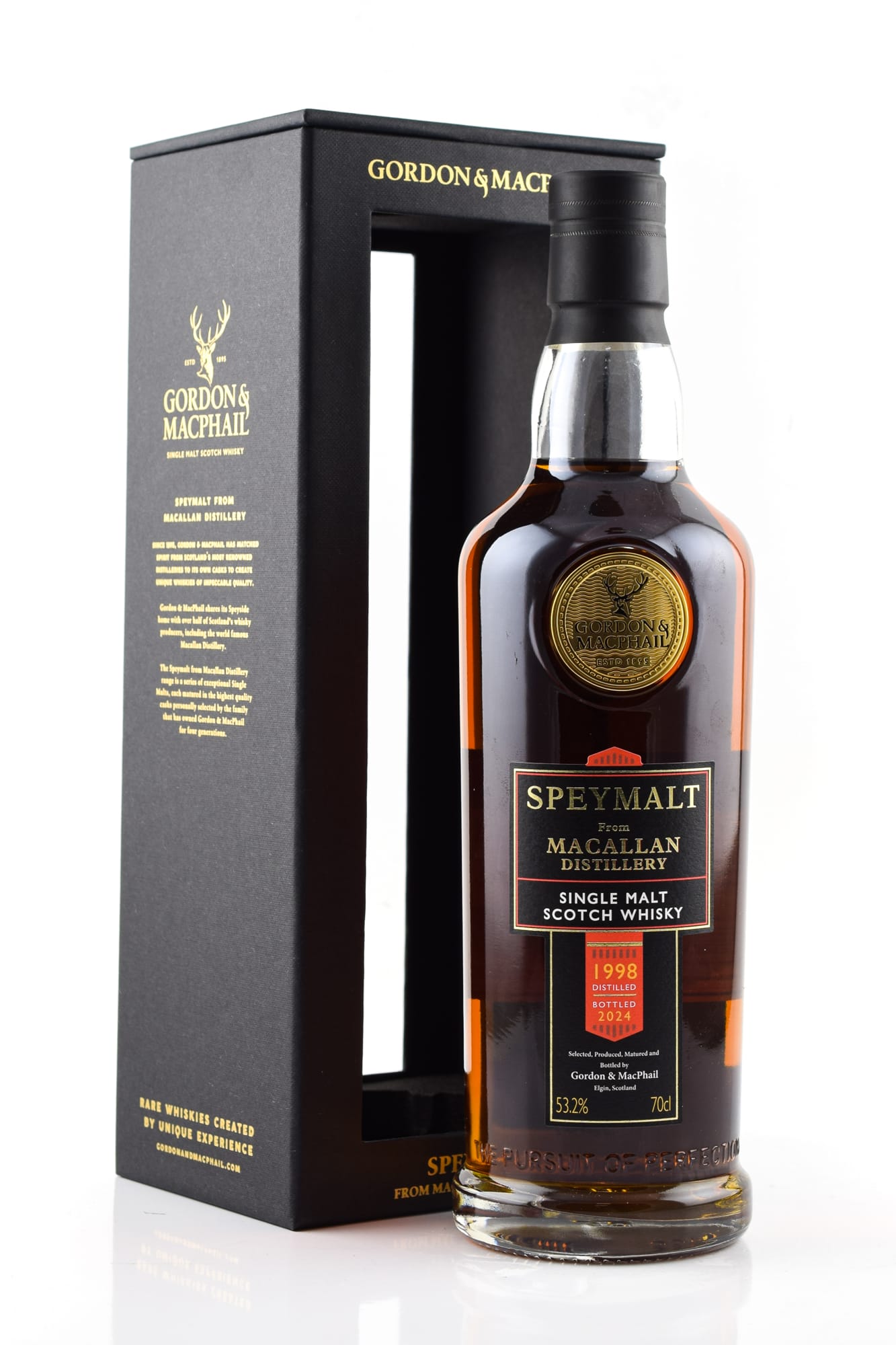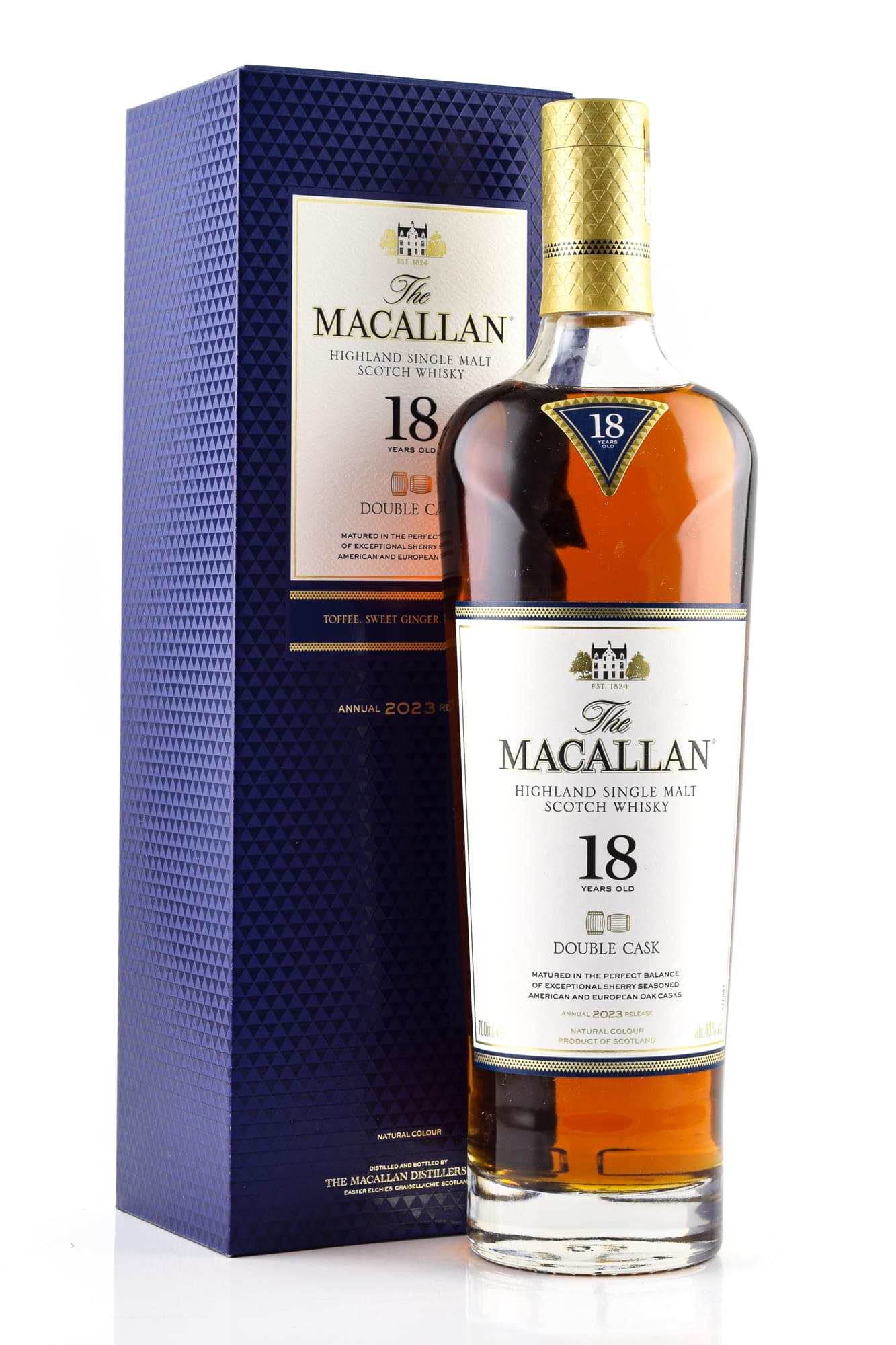- Scotch Whisky
-
Whisky
- Types of Whisky
- Whisky MIniatures & Samples
- Accessories
-
Distilleries / Brands
- Amrut
- Bushmills
- Connemara
- Jameson
- Johnnie Walker
- Jack Daniels
- Jim Beam
- Kavalan
- Nikka Whisky
- Paul John
- Redbreast
- Starward
- Suntory Whisky
- West Cork
- Waterford
-
All Distilleries / Brands
- Aberfeldy
- Aberlour
- Abhainn Dearg
- Aerstone
- Ailsa Bay
- Allt-à-Bhainne
- Amrut
- anCnoc
- Annandale
- Arbikie
- Ardbeg
- Ardmore
- Ardnahoe
- Ardnamurchan
- Armorik
- Arran
- Auchentoshan
- Auchroisk
- Aultmore
- Bain's
- Bakery Hill
- Balblair
- Ballantine's
- Ballechin
- Balmenach
- Balvenie
- Banff
- Basil Hayden's
- Ben Nevis
- Benriach
- Benrinnes
- Benromach
- Big Peat
- Bimber
- Black Bottle
- Black Rock
- Bladnoch
- Blair Athol
- Blanton's
- Booker's
- Bowmore
- Braeval
- Brora
- Bruichladdich
- Buffalo Trace
- Bulleit
- Bunnahabhain
- Bushmills
- Caledonian
- Cambus
- Cameronbridge
- Caol Ila
- Caperdonich
- Cardhu
- Carsebridge
- Chichibu
- Chivas Regal
- Clydeside
- Clynelish
- Coleburn
- Compass Box
- Connemara
- Convalmore
- Cooley
- Corsair Artisan
- Cotswolds
- Cragganmore
- Craigduff
- Craigellachie
- Crown Royal
- Cutty Sark
- Dad's Hat
- Daftmill
- Dailuaine
- Dallas Dhu
- Dalmore
- Dalwhinnie
- J.W. Dant
- Deanston
- Dewar's
- Dingle
- Drambuie
- Dry Fly Distilling
- Dublin Liberties
- Dufftown
- Dumbarton
- Eden Mill
- Edradour
- Eimverk
- Elijah Craig
- Elsburn
- Famous Grouse
- Fettercairn
- FEW Spirits
- Finlaggan
- Floki
- Four Roses
- Frysk Hynder
- George Dickel
- Ginkgo
- Girvan
- Glann Ar Mor
- Glasgow
- Glen Albyn
- Glen Elgin
- Glen Garioch
- Glen Grant
- Glen Keith
- Glen Mhor
- Glen Moray
- Glen Ord
- Glen Scotia
- Glen Spey
- Glenallachie
- Glenburghie
- Glencadam
- Glendalough
- Glendronach
- Glendullan
- Glenesk
- Glenfarclas
- Glenfiddich
- Glenglassaugh
- Glengoyne
- Glengyle
- Glenkinchie
- Glenlivet
- Glenlossie
- Glenmorangie
- Glenrothes
- Glentauchers
- Glentauchers
- Glenturret
- Glenugie
- Glenwyvis
- Grant's
- Green Spot
- Hakushu
- Hanyu
- Harris
- Hazelburn
- Heaven Hill
- Hibiki
- Highland Park
- Holyrood
- Hyde
- Ileach
- Imperial
- Inchgower
- Inchmurrin
- Invergordon
- Inverleven
- Jack Daniel's
- Jameson
- Jim Beam
- Johnnie Walker
- Jura
- Karuizawa
- Kavalan
- Kilbeggan
- Kilchoman
- Kilkerran
- Kingsbarns
- Kininvie
- Knob Creek
- Knockando
- Knockdhu
- Koval
- Kyrö
- Ladyburn
- Lagavulin
- Lagg
- Lantenhammer
- Laphroaig
- Lark
- Ledaig
- Lindores Abbey
- Linkwood
- Linlithgow
- Littlemill
- Loch Lomond
- Lochlea
- Lochside
- Longmorn
- Longrow
- Macallan
- Macduff
- Mackmyra
- MacNair's
- Maker's Mark
- Mannochmore
- Mars
- Michter's
- Midleton
- Milford
- Millburn
- Millstone
- Miltonduff
- Miyagikyo
- Monkey Shoulder
- Mortlach
- Nc'nean
- Nikka Whisky
- North British
- North of Scotland
- North Port
- Oban
- Octomore
- Old Ballantruan
- Old Forester
- Old Grand Dad
- Old Pulteney
- Paul John
- Peat's Beast
- Penderyn
- Pietra & Maleva
- Pittyvaich
- Port Askaig
- Port Charlotte
- Port Dundas
- Port Ellen
- Powers
- Puni
- Raasay
- Rebel Yell
- Redbreast
- Redemption
- Rittenhouse
- Rosebank
- Royal Brackla
- Royal Lochnagar
- Scapa
- Sea Shepherd
- Slyrs
- Smokehead
- Spey
- Speyburn
- Speyside Distillery
- Springbank
- St George's Distillery
- St. Kilian
- St. Magdalene
- Star Hill
- Starward
- Stauning
- Stork Club
- Strathclyde
- Strathisla
- Strathmill
- Sullivans Cove
- Suntory
- Talisker
- Tamdhu
- Tamnavulin
- Teaninich
- The Teeling Whisky Company
- Teerenpeli
- The Epicurean
- The Irishman
- The Quiet Man
- The Singleton
- Tobermory
- Togouchi
- Tomatin
- Tomintoul
- Torabhaig
- Tormore
- Tullamore Dew
- Tullibardine
- Tyrconnell
- Uitvlught
- Warenghem
- Waterford
- West Cork
- Westerhall
- Westward
- WhistlePig
- White Oak
- Wild Turkey
- Willett
- Wolfburn
- Woodford Reserve
- Writers Tears
- Yamazaki
- Yoichi
- Specials
- Countries
- Whisky recommendations
- Rum
- Gin
- Wine
- Spirits & Liqueurs
- New In
- Samples & Miniatures
- Gift ideas
- SALE
Macallan
The fine single malt from the Macallan Distillery is also known as the Rolls Royce of Scotch whiskies. The Speyside whisky owes this reputation to both its elegant character and its premium bottlings in the luxury segment. Old Macallan whiskies regularly achieve record prices at whisky auctions and are among the most sought-after collector's whiskies in the world. Treat yourself to a sip of luxury with the creamy, fruity-sweet whiskies from Macallan.
Content: 0.7 Liter (€214.27* / 1 Liter)
Average rating of 4 out of 5 stars
Content: 0.7 Liter (€117.84* / 1 Liter)
Average rating of 5 out of 5 stars
Content: 0.7 Liter (€108.56* / 1 Liter)
Content: 0.04 Liter (€299.75* / 1 Liter)
Content: 0.04 Liter (€274.75* / 1 Liter)
Content: 0.7 Liter (€188.56* / 1 Liter)
Content: 0.7 Liter (€157.13* / 1 Liter)
Content: 0.7 Liter (€222.13* / 1 Liter)
Content: 0.7 Liter (€599.99* / 1 Liter)
Content: 0.7 Liter (€692.83* / 1 Liter)
The Macallan: A touch of Hollywood
Apart from the fact that Macallan is undoubtedly one of the stars among malts and enjoys worldwide popularity - what connects a Scottish distillery with Hollywood?
Well, for one thing, a 50-year-old Macallan is James Bond's favourite drink in the film "Skyfall". In addition, Allan Schiach, who ran the distillery from 1979 to 1996 after the death of his brother, had an interesting side job (actually, it was his main job). He was an author and, under the pseudonym Allan Scott, wrote the screenplay for the classic film "When the Gondolas Carry Mourning" with Donald Sutherland and Julie Christie.
It was also Allan Schiach who officially turned Macallan into "The Macallan" in the 1980s. Great cinema.
What does Macallan mean? The literal translation of Macallan is "son of Allan".
Region: Speyside
A little history about Macallan
The distillery in the heart of Scotland's Speyside region was one of the first legal distilleries in Scotland. Alexander Reid was granted a distilling licence as early as 1824. Only a year earlier, in 1823, the Licence Act had significantly simplified legal distilling. After the founder's death in 1847, his son, also named Alexander, took over the whisky distillery.
In the years following his death in 1858, the ownership changed relatively quickly.
In 1892, the distillery was acquired by Roderick Kemp from Elgin, whose family steadily expanded the company over the next 100 years.
In 1965, the number of stills was increased from 6 to 12, in 1974 to 18 and in 1975 to 21.
Macallan was popular, demand in Scotland was high, and so in 1980 the enterprising Allan Schiach decided to market "The Macallan" even more actively outside Scotland - with success.
In 1996, after more than a hundred years in the ownership of Roderick Kemp's family, the Macallan was sold to Highland Distillers, which was bought by the Edrington Group in 1999.
The Macallan is in great demand among master blenders and is part of "The Famous Grouse", the most popular blended Scotch whisky in Scotland. To ensure the lasting quality of the sherry casks, Macallan has long owned its own sherry bodega in Spain.
What does Macallan whisky taste like?
The Macallan is one of the great, elegant Speyside malts. For a long time, the "Rolly Royce of malts" stood for dark, creamy malts that matured exclusively in Oloroso sherry casks. In the meantime, the cask policy has been relaxed and former bourbon casks have also been added. Caramel and honey are still there, accompanied by more or less distinct fruity flavours. Hardly any smoke, lots of body.
3 reasons to love Macallan single malt
4) Because Macallan offers great flavour cinema.
5) Because no one can do "sherry" better.
6) Because the malt is timelessly elegant.
The one Macallan dram for the desert island
The original, long-time typical Macallan character is best experienced with bottlings matured in sherry casks.
Beautifully balanced and highly recommended: The Macallan 12 Year Sherry Oak. Slàinte!
Figures & Facts about Macallan
Address: Craigellachie, Banffshire, AB38 9RX
Founded: 1824 by Alexander Reid
Status: active
Owner: Highland Distillers (Edrington Group)
Capacity: approx. 6,000,000 litres
7 wash stills (12,000 l)
14 spirit stills (4,000 l)
Water: Ringorm Burn
Visitor Centre: Yes
Phone: +44 (0)1340 / 871471
Website: www.themacallan.com



